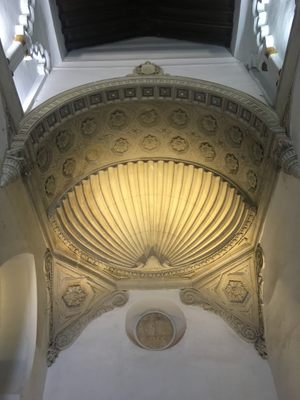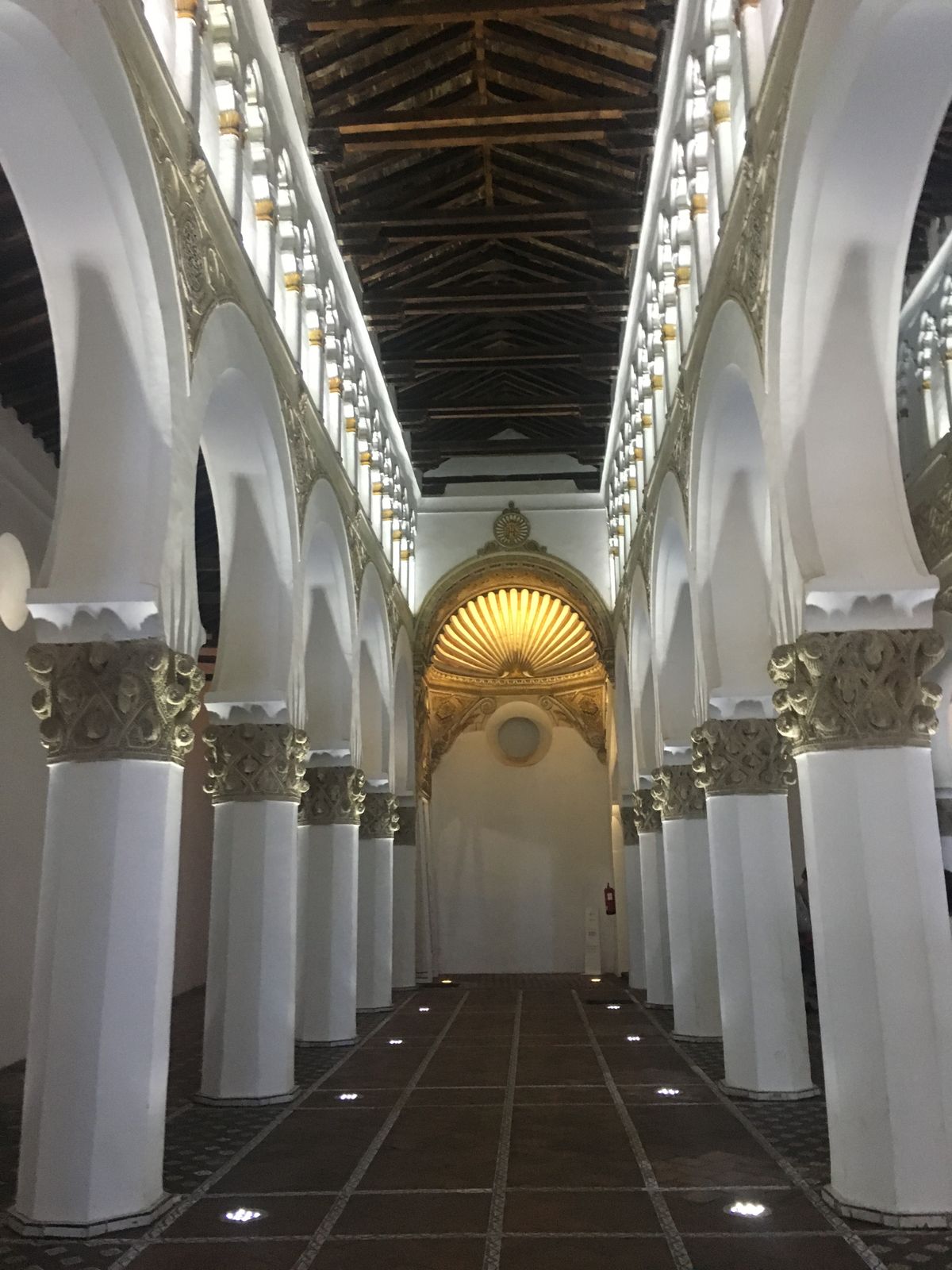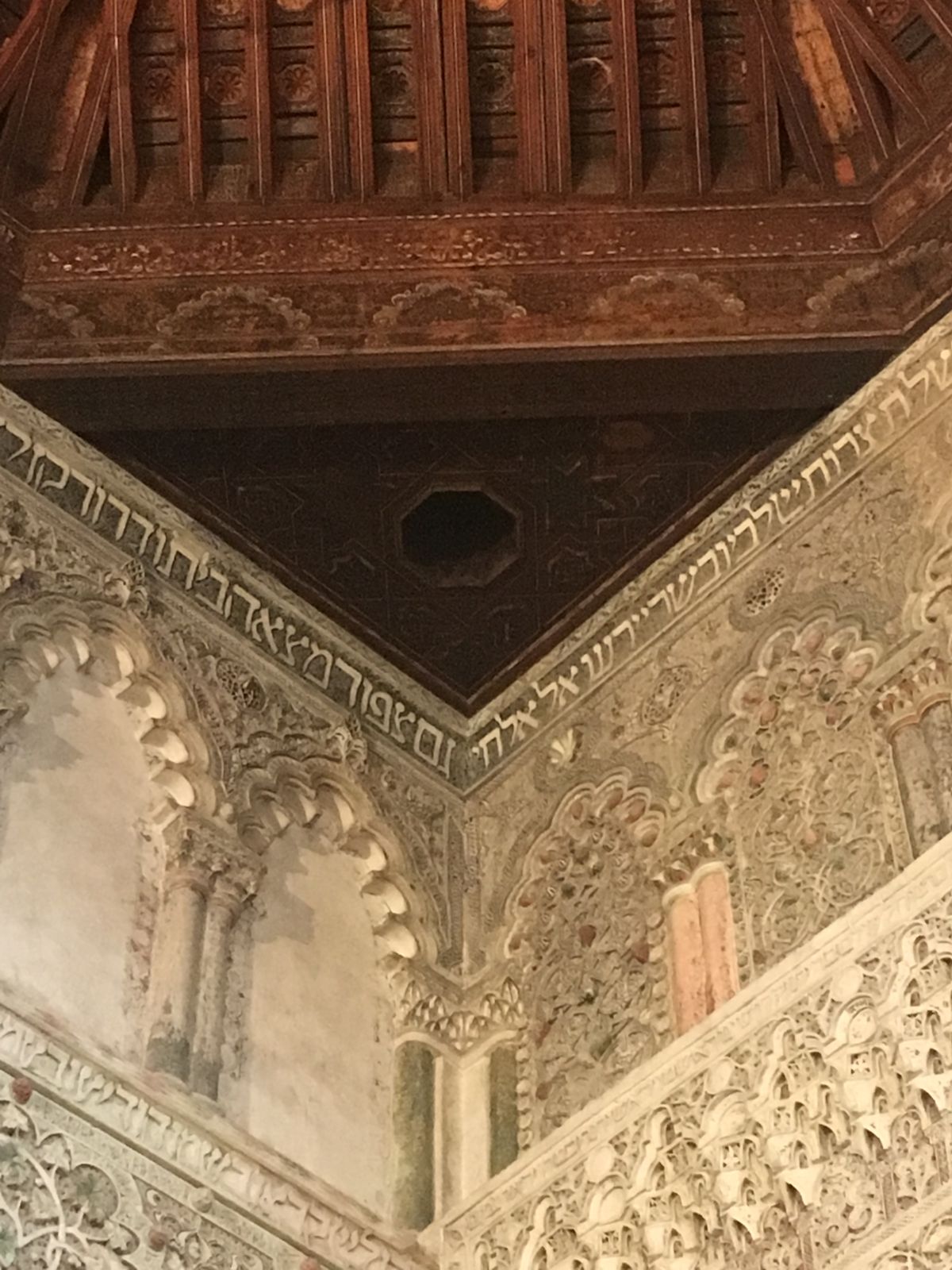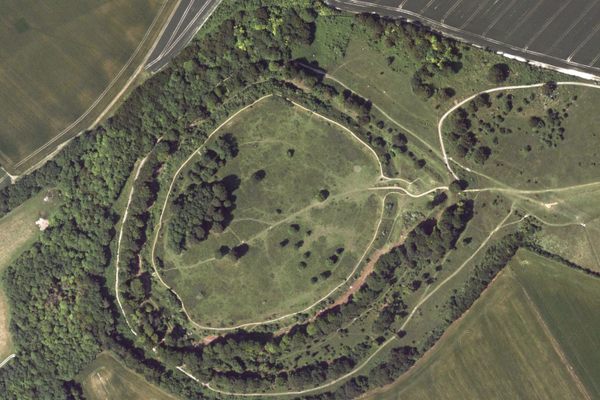About
During the 1300s, Shmuel Ha-Levi served as an advisor to King Pedro I of the then-powerful kingdom of Castile. He established several synagogues throughout the kingdom, but the one founded in Toledo was the grandest of them all.
In 1360, King Pedro turned on Shmuel Ha-Levi and tortured his former advisor to death. He then confiscated the synagogue, however, it was allowed to continue serving the Jewish community including during the 1391 massacre along the Iberian Peninsula.
Around a century later, King Ferdinand and Queen Isabella issued the Alhambra Decree in 1492 that was designed to force the Jewish population to convert to Catholicism or face expulsion from the country. With the expulsion of Spain's Jewish citizens, the synagogue no longer had a community to serve and was thus converted into a church. In the following centuries, the complex served several purposes including once being used as military barracks. In 1970, the synagogue, along with the adjacent Museo Sefaradi, became the National Museum of Judeo-Spanish Art.
The interior of the synagogue was constructed in the Mudejar style, a fusion style that combines Christian and Islamic art. The walls of the prayer hall are designed with various geometric and natural plaster figures. The eastern wall is considered the most resplendent with its upper section displaying arabesque patterns beneath the arches. There are several inscriptions located in the upper reaches of the prayer room written in both Hebrew and Arabic. The inclusion of Arabic scriptures speaks to the high regard Toledo's Jewish community held for Arabic culture.
While the synagogue has not served as a place of Jewish worship since the 1400s, it stands in memoriam to the Jewish population of Toledo that suffered during the Middle Ages.
Related Tags
Know Before You Go
The museum is open Tuesday to Saturday from 9:30 a.m. to 7:30 p.m. There are reduced hours on Sundays and Holidays. The museum is closed on Mondays.
Community Contributors
Added By
Published
April 20, 2020




















































